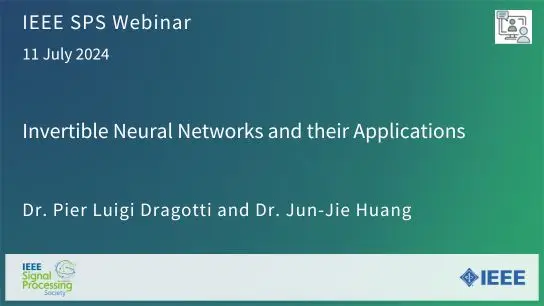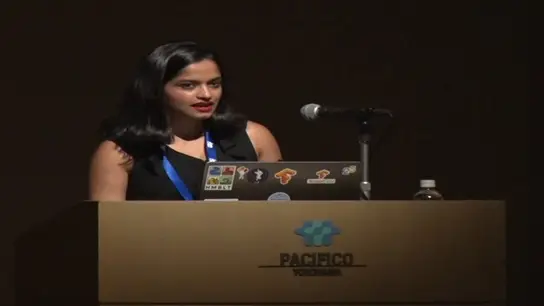MULTI-TASK LEARNING IMPROVES THE BRAIN STOKE LESION SEGMENTATION
Libo Liu, Qingmao Hu, Chengjian Huang, Chunsheng Cai, Xiaodong Zhang
-
Members: FreeSPS
IEEE Members: $11.00
Non-members: $15.00Length: 00:08:14
11 May 2022
Fast and accurate segmentation of stroke lesions is highly desirable to help specialists in lesion measurements and making treatment plans. Segmentation of stroke lesions are challenging due to evolvement of stroke, low contrast and highly variable grayscale distributions. In this paper, we propose a novel multi-task learning frame-work to achieve enhanced segmentation of stroke lesions. In this framework, without increasing the inference time and model parameters in the inference phase, we perform supervised learning on a main task (stroke lesion segmentation) and an auxiliary task (edge segmentation of the brain lesion) to improve the performance of the main task. For validation, a CT brain infarction dataset has been constructed. In terms of the Dice coefficient, the proposed method could enhance at least 4.76% on the constructed CT dataset, and at least 7.97% on the open source dataset Anatomical Tracings of Lesions After Stroke than state-of-the-art models.



